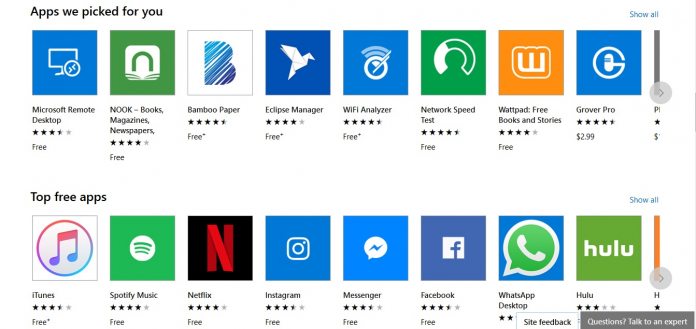ZDNet reports on a recent meeting it held with Kevin Gallo, Corporate Vice President of the Windows Developer Platform. Gallo offered the company’s stance on Windows developer’s future. Universal Windows Platform has been with us since 2015 and allows developers to more easily create apps with improved security. These apps are available from the Microsoft Store and would allow a single app experience that works across Windows 10, HoloLens, and Windows Phone. UWP had some limitations too, including the fact apps only work on Windows-based devices. Gallo admits “we shouldn’t have gone that way”, but he says the Universal platform is still alive. “By the time we are done, everything will just be called ‘Windows apps,’” Gallo told me. “We’re not quite there yet.” But the ultimate idea is to make “every platform feature available to every developer.” UWP features have never been usable in Win32, but Microsoft has been working to change that. The company’s XAML Islands technology to help developers add UWP elements into Win32 apps. In a blog post this week, Gallo says “You’ve told us that you would like us to continue to decouple many parts of the Universal Windows Platform so that you can adopt them incrementally such as WinUI, MSIX, and Windows Terminal.”
Not Dead, but Changing
So, while UWP is not dead, Microsoft is seeking ways to integrate it more into Win32 apps. What about the Microsoft Store, is that dead? If UWP is being pushed closer towards Win32 apps, is there any need for the Store? Microsoft has already stopped placing its Office apps on the Store. Gallo says “the Store is about commerce. It’s another channel for distribution.” However, there are other ways to get apps without going to the Microsoft Store. But it’s not the only way Windows users will be able to get apps. “You can trust apps differently. They don’t need to be in the Store. People really just want to know if Microsoft considers an app good,” he said.




